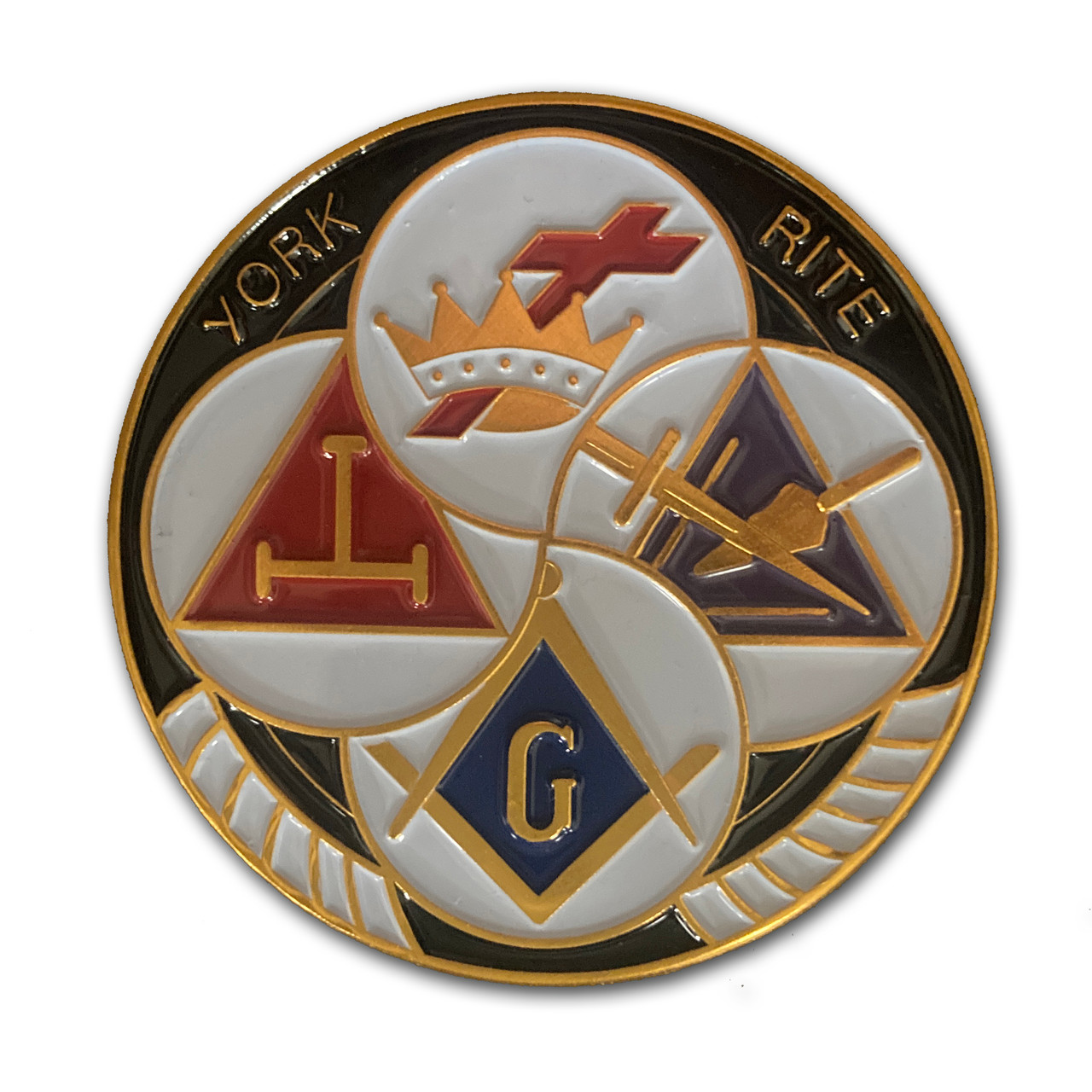

Their second secretary, Laurence Dermott, believed the Royal Arch to be the fourth degree.

In 1751, as the Moderns increasingly alienated unaffiliated lodges, a few (mainly Irish) lodges in London formed the Antient Grand Lodge of England (the "Antients"), which rapidly became an umbrella organisation for unaffiliated lodges in England. The prime mover in the formation of the Grand Chapter was Caledonian Lodge, a lodge of Scottish Masons which had just joined the Moderns from the Ancients, and whose members included William Preston. There is evidence that the official date of 1767 is the result of the alteration of the foundation document, to save Lord Blayney the embarrassment of founding a controversial organisation while he was still the Moderns' Grand Master. The Moderns' supporters of the new rite formed their own Grand Chapter, probably in 1765.
#History of royal order of jesters password
The Premier Grand Lodge of England (the "Moderns") remained ambivalent about the new rite, perhaps because a secret password was taken from their own third degree. The formation of the Royal Arch occurred in the same period, developing the Hiramic theme with the rediscovery of the secrets lost with the death of the master builder. The emergence, in the 1740s, of "chivalric" degrees on the continent may be linked to the deliberate "gentrification" of Freemasonry in Chevalier Ramsay's Oration of 1737.
#History of royal order of jesters full
This seems to have been accomplished by the rearrangement and expansion of the original bigradal system, particularly by the elaboration of the Hiramic legend, and its full exposition in the third degree, that of a Master Mason. Sometime before 1730, a trigradal system (that is, a system of three grades or degrees) started to emerge in Freemasonry, which quickly became the standard system in the lodges of England, Ireland and Scotland. These other masonic bodies (sometimes known as 'additional degrees' or 'side degrees') are optional pursuits for those who wish to take their masonic membership and activity beyond the three degrees of Entered Apprentice, Fellowcraft and Master Mason. Some of these masonic bodies use numbers as an informal way of referring to or identifying the degrees they confer, but the most important and therefore "highest" degree is always the third, or Degree of Master Mason. In other countries, notably England, Scotland, Ireland, and many of the countries of the Commonwealth, a large number of 'stand-alone' Orders and Degrees exist, without the umbrella organisation of a "rite". In some countries, notably the United States of America, the Scottish Rite and the York Rite are the two principal routes available. Ī number of other organisations, most of which are known as 'masonic' or have a title identifying themselves as masonic, require candidates for membership to be a Master Mason in "good standing" (subscriptions paid, and not under any form of discipline). The degree of the Holy Royal Arch is of great antiquity, and has a special importance in many masonic systems, including those of all three of the oldest 'Constitutions' (masonic authorities), namely the Grand Lodges of England, Scotland, and Ireland, in all of which it is considered (by varying constitutional definitions) to be the completion of the mainstream masonic structure. The United Grand Lodge of England (which has no direct authority over other Grand Lodges, but as the world's oldest Grand Lodge, has a historical influence in terms of regularity and practice) defines "pure, ancient Freemasonry" as consisting of the three degrees of Entered Apprentice, Fellowcraft, and Master Mason, including the supreme Order of the Holy Royal Arch. Most of these are supervised by their own "Grand" bodies (independent from the Grand Lodge). Whilst there is no degree in Freemasonry higher than that of Master Mason, there are additional degrees that are offered only to those who are Master Masons.

A masonic lodge confers the three masonic degrees of Entered Apprentice, Fellowcraft (or Fellow Craft), and Master Mason. Such lodges are controlled by a Grand Lodge with national or regional authority for all lodges within its territory. The basic unit of Freemasonry is the Masonic Lodge, which alone can "make" (initiate) a Freemason. Overview of relationships between masonic organizations Collectively these may be referred to as Masonic bodies, Masonic orders or appendant bodies (or orders) of Freemasonry. There are many organisations and orders which form part of the widespread fraternity of Freemasonry, each having its own structure and terminology. Diagram of two major masonic bodies in the United States


 0 kommentar(er)
0 kommentar(er)
